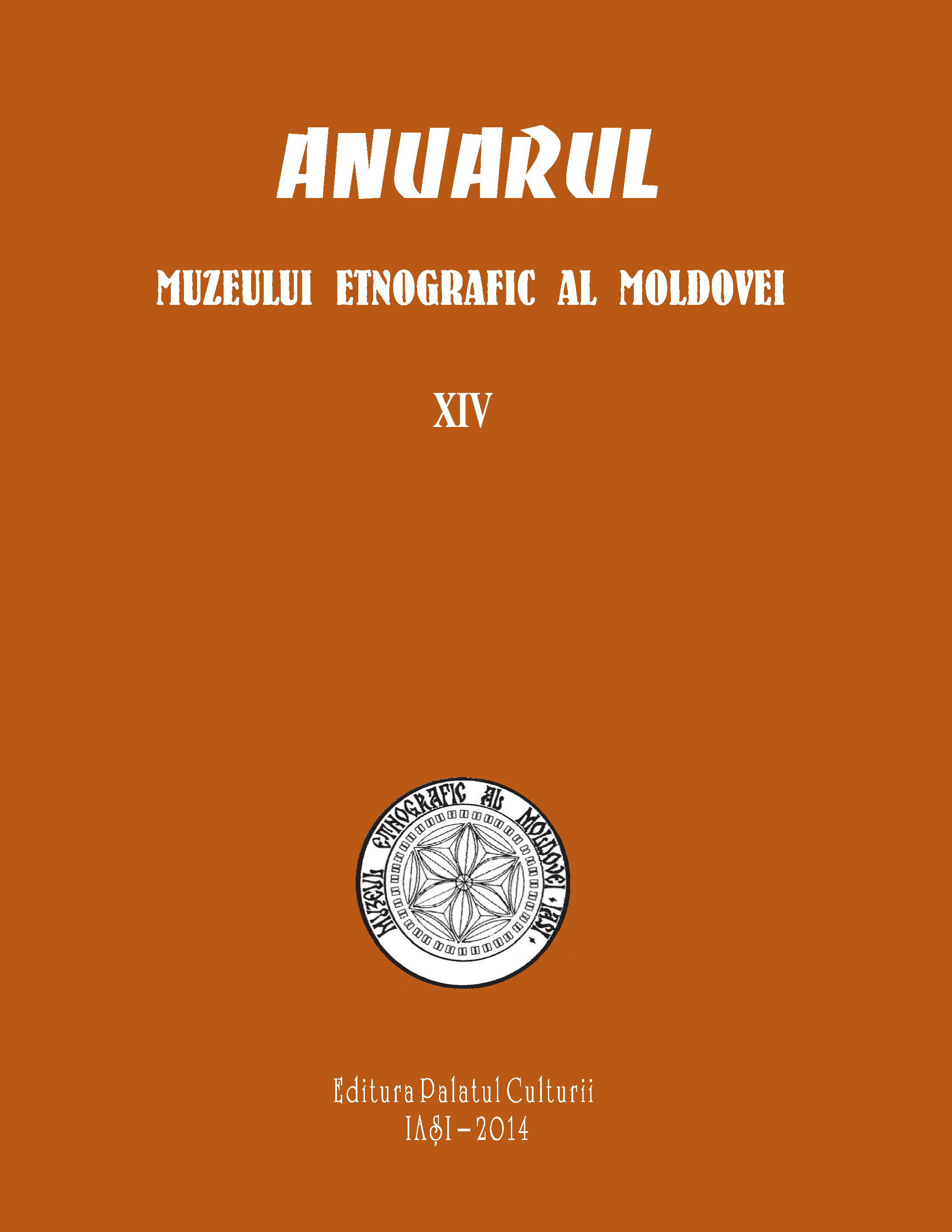Materii prime, instrumentar, tehnici şi produse finite în industria casnică din Gârda de Sus – Alba
Raw Materials, Instruments, Techniques and Finished Products in the Household Industry in Gârda de Sus, Alba County
Author(s): Petruţa PopSubject(s): Cultural Anthropology / Ethnology
Published by: Editura Palatul Culturii
Keywords: raw materials; household industry; Gârda de Sus; Ţara Moţilor; wool; flax; hemp; aba; cioareci; spinning; loom
Summary/Abstract: In Apuseni Mountains, in the valleys of Arieş and Ampoi rivers, three distinct ethnographic areas have developed in time: Ţara Moţilor, Mocănimea Arieşului and Abrud Zlatna Gold Basin. These are neighbouring areas, culturally delimited by different natural, socioeconomic and historico-administrative factors. The villages within the commune of Gârda de Sus belong to Ţara Moţilor, an area that corresponds to the hydrographic basins of the rivers Arieşul Mare and Arieşul Mic, from their sources up to the town of Câmpeni. As main occupations, the geographic features of this mountain area from the heart of Ţara Moţilor helped develop woodcraft and animal raising. Agriculture was poorly exploited, or not at all. The geographic environment, with few pasture areas, determined the local style of sheep grazing: smaller flocks of sheep, no shepherd communities and small seasonal sheep moving, depending on agricultural necessities. In the summer of 2014, we undertook a detailed research in Gârda de Sus, Alba county, on the way of people's lives in the 19th century and the beginning of the 20th century. Interviewees mentioned that most people had between five and ten sheep, two head of cattle and one horse. Wealthier people had more animals and, therefore, a higher social rank. Men practiced woodcraft, travelled around the country for selling their products and brought back cereals and clothes for their families. In the household industry, the first step in obtaining the raw material is the processing of wool, hemp or flax. This requires special traditional procedures. Thus, the text presents traditional techniques and operations used in the 19th century for wool (shearing, washing, carding and combing), hemp and flax (seeding, harvesting, melting, breaking and distaff brushing). The 20th century brought some kind of confusion in the local clothing tradition. On the one hand, this was an effect of the people's tendency of introducing new clothes and fabrics, brought from towns and cities, and on the other hand there was an inappropriate intervention of some intellectual circles, which led to a falsification of the local costume
Journal: Anuarul Muzeului Etnografic al Moldovei
- Issue Year: 2014
- Issue No: 14
- Page Range: 317-338
- Page Count: 22
- Language: Romanian

